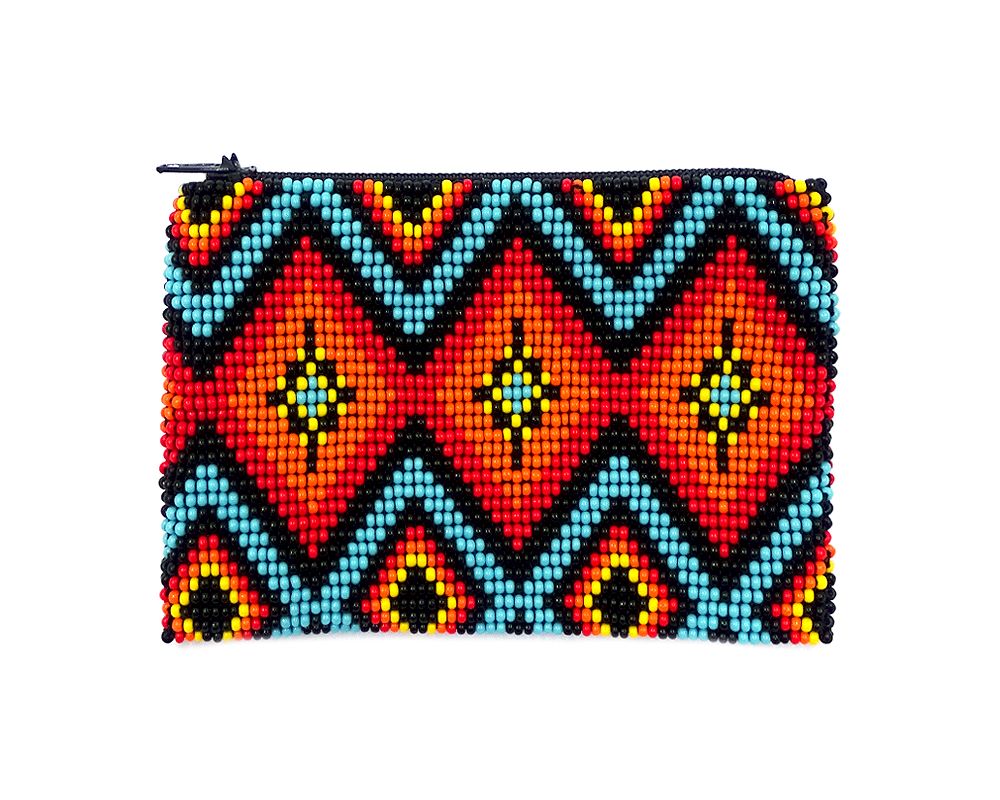Native beading patterns represent a rich tapestry of cultural heritage, artistic expression, and historical significance. These intricate designs and techniques have been passed down through generations, preserving the traditions of various Indigenous communities. Consequently, understanding Native beading patterns offers invaluable insights into the artistry, symbolism, and cultural importance of this craft. Therefore, this comprehensive guide explores the history of Native beading, various traditional patterns, and techniques for creating your patterns. By exploring these aspects, you can deepen your appreciation for Native beading and its remarkable legacy.
The History of Native Beading
The history of Native beading is deeply intertwined with the cultural and social fabric of Indigenous communities. Understanding this history helps highlight the significance of these patterns. Therefore, exploring the historical context of Native beading is crucial.
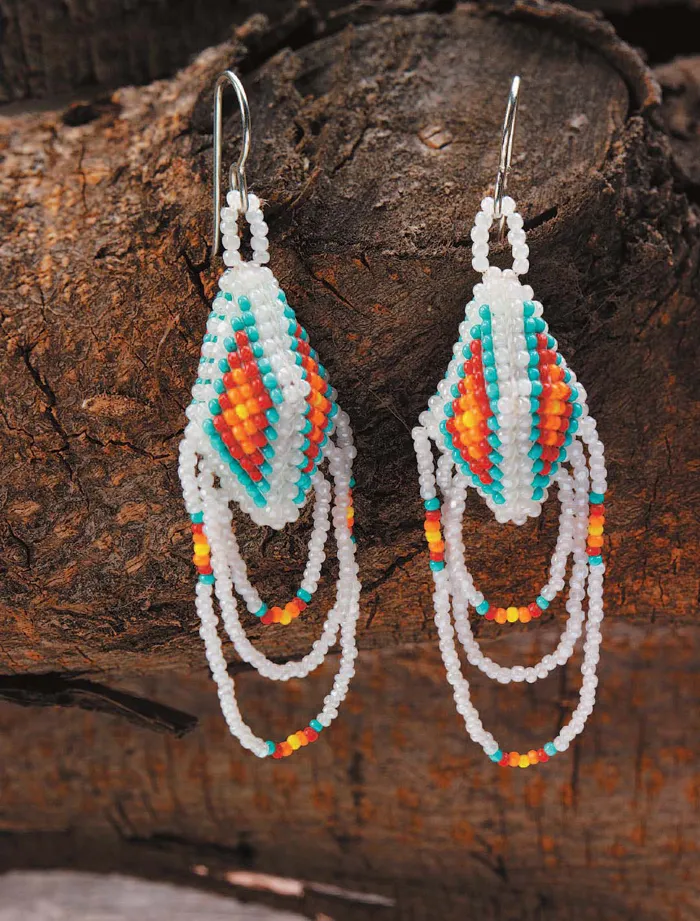
Origins and Evolution
Native beading dates back thousands of years, with early techniques involving natural materials such as bones, shells, stones, and porcupine quills. These materials were meticulously crafted into beads, often used in ceremonial attire, regalia, and everyday items. The introduction of glass beads by European traders in the 16th century marked a significant evolution in Native beading. Indigenous artists quickly adapted to these new materials, creating more intricate and colorful designs. By understanding the origins and evolution of Native beading, you can appreciate the adaptive ingenuity of Indigenous cultures. Therefore, recognizing the historical scope is crucial.
Cultural Significance
Beading holds profound cultural significance within Indigenous communities, often serving as a medium for storytelling, symbolism, and communication. Each pattern, color, and design element can carry specific meanings, representing aspects of nature, spirituality, and tribal identity. Beaded items are frequently created for ceremonies, rites of passage, and as expressions of cultural pride. The act of beading itself is viewed as a sacred and meditative practice, fostering a deep connection to cultural heritage. By understanding the cultural significance of beading, you can appreciate the deeper meanings embedded in these patterns. Therefore, recognizing its cultural importance is essential.
Traditional Native Beading Patterns
Traditional Native beading patterns encompass a wide range of designs, each unique to specific tribes and regions. Understanding these patterns helps appreciate their diversity and complexity. Therefore, exploring traditional Native beading patterns is essential.
Floral Patterns
Floral patterns are a common and cherished motif in Native beading, particularly among tribes in the Great Lakes and Plains regions. These patterns often feature stylized representations of flowers, leaves, and vines, reflecting the natural beauty and abundance of the environment. Bright, vibrant colors are used to bring these floral designs to life, creating visually stunning works of art. Floral patterns can adorn clothing, accessories, and ceremonial items, showcasing the artistic skills and cultural symbolism of the beadwork. By understanding the significance of floral patterns, you can appreciate their aesthetic and cultural value. Therefore, recognizing the beauty of natural inspiration is crucial.
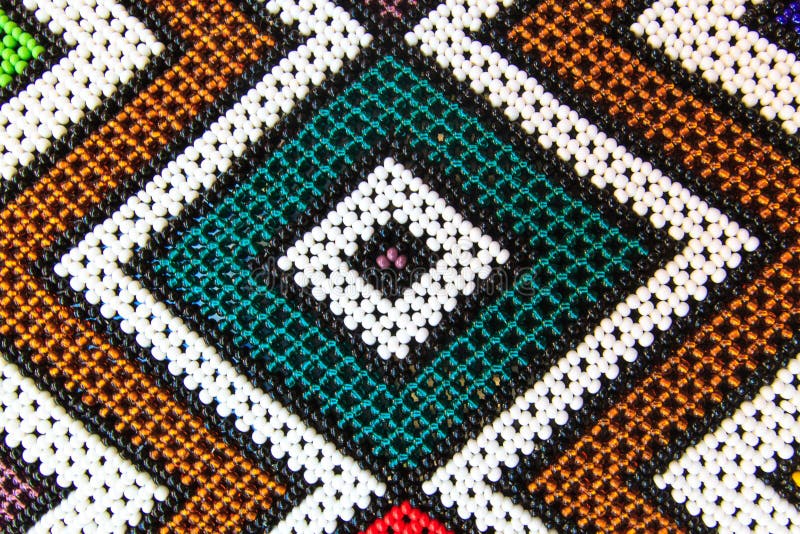
Geometric Patterns
Geometric patterns are another prevalent design in Native beading, characterized by precise shapes such as triangles, diamonds, and zigzags. These patterns often hold deep symbolic meanings, representing concepts like balance, harmony, and the interconnectedness of life. Geometric beadwork is especially prominent among Southwestern tribes, including the Navajo and Hopi, who incorporate these designs into jewelry, textiles, and pottery. The use of symmetry and repetition in geometric patterns creates a sense of order and rhythm. By understanding the cultural symbolism of geometric patterns, you can appreciate their intricate and meaningful designs. Therefore, recognizing the importance of geometry in Native art is essential.
Techniques for Creating Native Beading Patterns
Mastering various techniques is fundamental to creating authentic and intricate Native beading patterns. Understanding these methods helps produce high-quality beadwork. Therefore, exploring techniques for creating Native beading patterns is crucial.
Loom Beading
Loom beading is a popular technique that involves using a beading loom to create precise and uniform patterns. The loom holds parallel threads in place, allowing beads to be woven into intricate designs. This technique is ideal for creating larger, more detailed pieces such as belts, bracelets, and wall hangings. Loom beading requires planning and patience, as each bead must be meticulously placed according to the pattern. By understanding the process of loom beading, you can achieve clean and consistent results in your projects. Therefore, recognizing the utility of this technique is crucial.
Peyote Stitch
The peyote stitch, also known as the gourd stitch, is a versatile and widely used technique in Native beading. This off-loom stitch creates a flexible and durable weave, perfect for making jewelry, decorative patches, and small bags. The peyote stitch can be worked in different styles, including flat, circular, and tubular, allowing for various creative possibilities. Mastering the peyote stitch involves understanding how to add and position beads to create a seamless pattern. By understanding the peyote stitch, you can expand your repertoire of beading techniques and create intricate designs. Therefore, recognizing the versatility of this stitch is essential.
Tools and Materials for Native Beading
Having the right tools and materials is essential for creating authentic Native beading patterns. Understanding these resources ensures successful and satisfying projects. Therefore, exploring the tools and materials for Native beading is important.
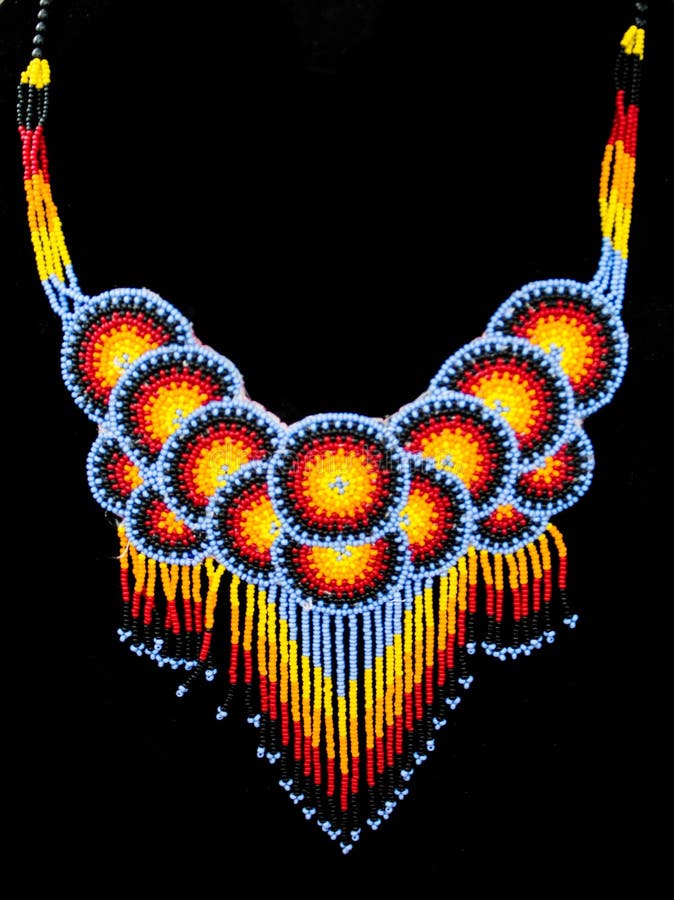
Beads and Thread
Choosing the right beads and thread is a fundamental aspect of Native beading. Glass seed beads are the most common choice, available in a wide range of colors and sizes. For traditional authenticity, some artists prefer using natural materials like porcupine quills, bone, or shell beads. Durable and strong thread, such as nylon or Nymo, ensures the longevity of the beadwork. The choice of bead size, color, and type can significantly impact the final appearance of the pattern. By understanding the options for beads and thread, you can select the best materials for your projects. Therefore, recognizing the importance of quality materials is crucial.
Beading Needles and Tools
Beading needles are essential tools for creating intricate patterns, allowing for precise placement of beads. Fine and flexible needles are ideal for working with small beads and detailed designs. Other useful tools include beading mats to prevent beads from rolling, thread conditioners to reduce tangling, and pliers for handling tiny components. A beading loom or board can also facilitate various techniques, providing a stable work surface. By understanding the importance of the right tools, you can ensure smooth and efficient beading processes. Therefore, recognizing the utility of specialized tools is essential.
Addressing Common Questions About Native Beading
Understanding common questions about Native beading provides clarity and enhances your knowledge. Knowledge of these answers ensures better preparation and effective beading. Therefore, exploring common questions is essential.
How Do I Learn Native Beading Techniques?
Learning Native beading techniques involves practice, guidance, and access to resources. Many communities offer workshops, classes, and cultural events where experienced artists teach traditional beading methods. Online tutorials, books, and instructional videos also provide valuable insights into various techniques. Joining beading groups or forums can offer support, encouragement, and opportunities to share experiences with fellow enthusiasts. By understanding the resources available, you can find the best approach to learning Native beading. Therefore, recognizing the value of education and community is crucial.
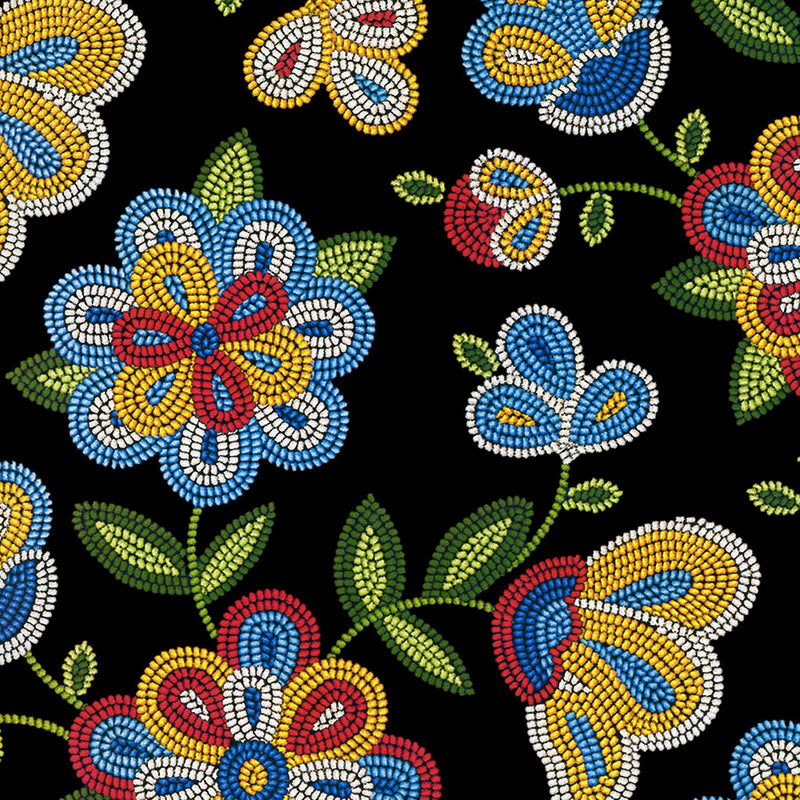
What Is the Cultural Etiquette for Creating Native Beadwork?
Respecting cultural etiquette is essential when creating Native beadwork, particularly if you are not a member of an Indigenous community. It is important to research and understand the cultural significance of patterns and practices, ensuring that your work is respectful and accurate. Seek permission when using specific tribal designs, and acknowledge their origins. Supporting Indigenous artisans and purchasing materials from ethical sources also contributes to the preservation of cultural heritage. By understanding cultural etiquette, you can approach Native beading with respect and integrity. Therefore, recognizing the importance of cultural sensitivity is essential.
Addressing Common Misconceptions About Native Beading
Addressing common misconceptions about Native beading provides accurate information and dispels unwarranted concerns. Clearing up misunderstandings ensures informed and respectful practices. Therefore, exploring common misconceptions is important.
Misconception: Native Beading Is a Hobby, Not an Art Form
A common misconception is that Native beading is merely a hobby rather than a serious art form. In reality, beading is a highly skilled and respected form of artistic expression within Indigenous communities. It requires mastery of techniques, extensive knowledge of cultural symbolism, and a deep connection to heritage. Many Native bead artists create work that is exhibited in galleries, included in museum collections, and recognized for its artistic and cultural value. By understanding the artistic significance of Native beading, you can appreciate its complexity and importance. Therefore, dispelling this misconception highlights the respect due to this craft.
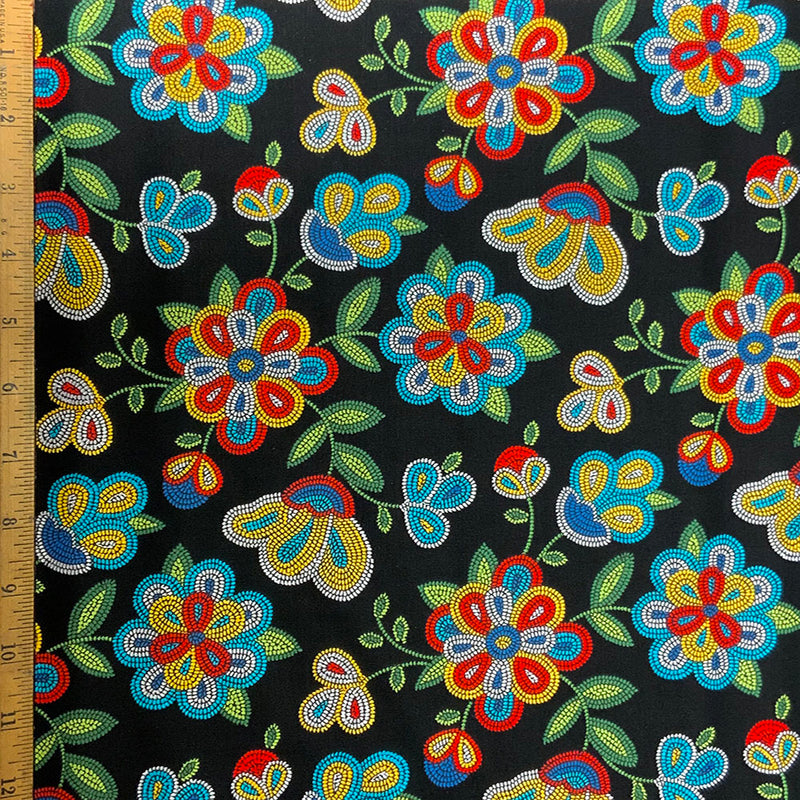
Misconception: Native Beading Patterns Are Uniform Across Tribes
Another misconception is that Native beading patterns are uniform and identical across all tribes. In reality, each Indigenous community has its unique styles, techniques, and themes, reflecting diverse cultural and environmental influences. Floral patterns from the Ojibwa differ significantly from the geometric designs of the Navajo or the symbolic beadwork of the Lakota. Understanding these distinctions allows for a greater appreciation of the rich diversity within Native beading traditions. By dispelling this myth, you can recognize and honor the unique contributions of individual tribes. Therefore, recognizing the diversity of Native beading is essential.
Conclusion: Celebrating the Artistry and Heritage of Native Beading
Celebrating the artistry and heritage of Native beading involves understanding its historical context, traditional patterns, and various techniques. Proper preparation, including recognizing the importance of cultural sensitivity and mastering different stitches, sets the foundation for respectful and effective beading.
Exploring critical factors such as tools, materials, and addressing common questions enhances your ability to create authentic and beautiful beadwork. Recognizing the importance of dispelling misconceptions promotes informed appreciation and preserves cultural integrity.
By engaging with these aspects, you can embrace the rich legacy of Native beading, honoring its cultural significance and artistic mastery. Therefore, whether you are a beginner or an experienced beader, understanding the essential considerations and techniques for Native beading offers practical and respectful solutions. Embrace the beauty and history of Native beading, knowing you have the knowledge and resources to appreciate and contribute to this remarkable art form responsibly!
